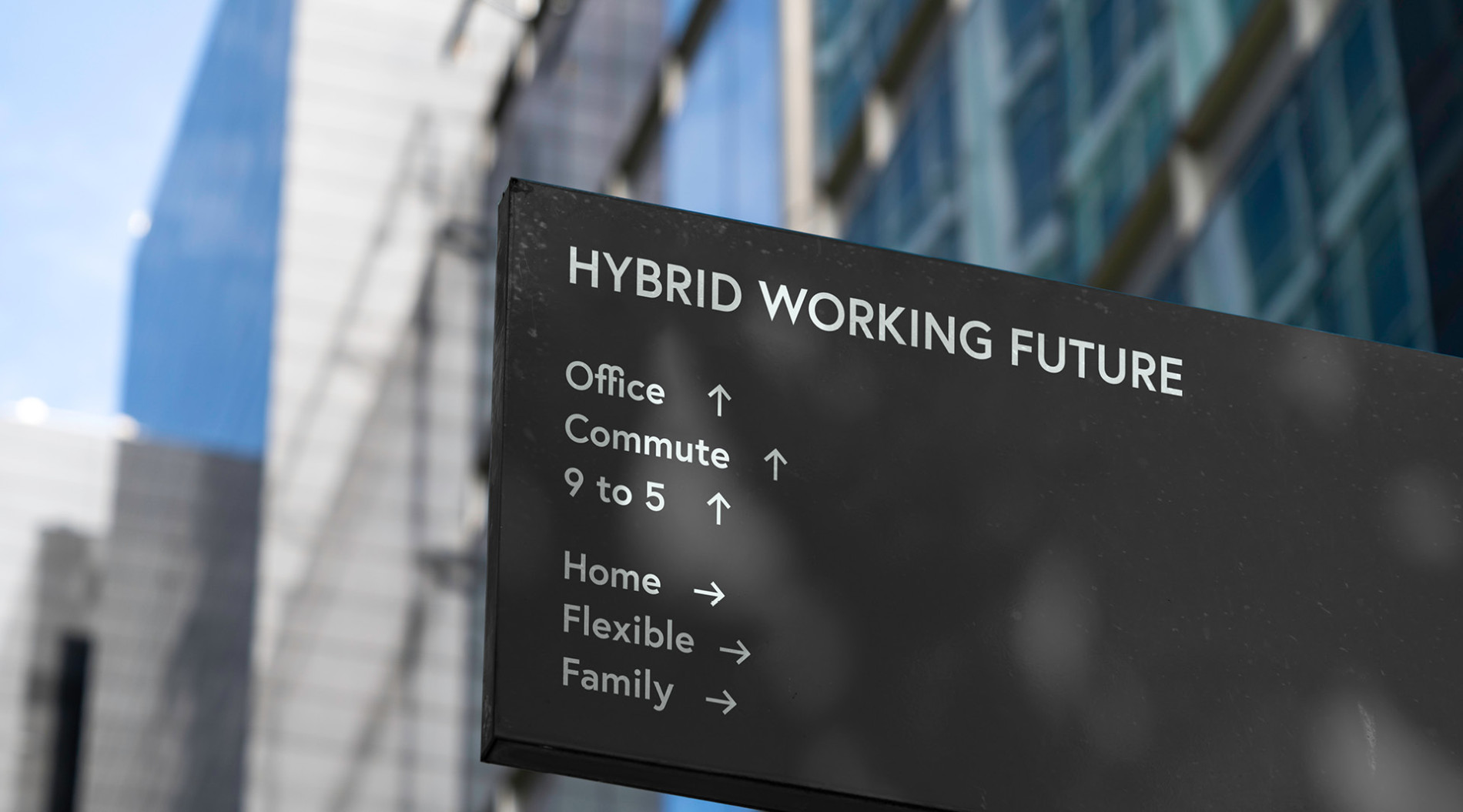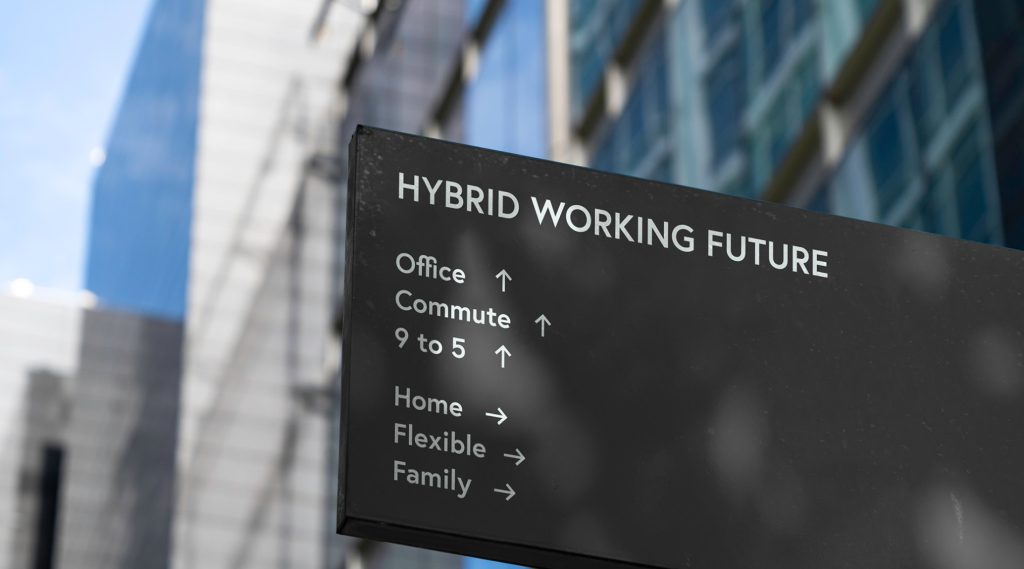Five Ways AI Can Help You Retain Talent
You don’t have to be resigned to the Great Resignation
Although you see other organisations struggling to retain employees, and shouldering the cost burden and revenue setback when they have to be replaced, it doesn’t automatically have to happen to you as well. There are technology tools available to help you onboard new recruits in a way that enhances their experience in the crucial first few weeks, maintain their satisfaction level once they are making a truly valuable contribution, and monitor for any signs of discontent so that you can intervene before it’s too late. Those vital tools constitute yet another positive application of artificial intelligence.
AI-assisted tools to promote employee satisfaction and retain valuable talent
It’s never been more important for HR departments – and, in fact, all leaders – to be aware of what drives employee satisfaction, from the moment they arrive and throughout their hopefully long tenure. But there’s a limit to what human beings are capable of in the time available to them – a restriction on the amount of data they can process and the speed at which they can learn to identify signals and patterns. Artificial intelligence, on the other hand, can be trained to coordinate exemplary onboarding, conduct ongoing sentiment surveys, pinpoint inequities, predict dissatisfaction and guide managers towards a perceptive and responsive style of leadership, all on a scale impossible for humans to achieve.
1. Digitised onboarding
Digital new hire onboarding is cost-effective and efficient. Traditional, generic and often lengthy onboarding and training programs can be expensive for employers and frustrating for employees. But with automated technology-assisted onboarding, every new employee can be made to feel welcomed, any necessary paperwork can be completed online, and information about the company as well as personalised details of a role’s responsibilities, tools and team members can be communicated via a chatbot. Problem-solving exercises, quizzes and ice-breakers with existing staff can be incorporated into the process to lighten the mood and create a positive impression that will help the new recruit integrate into the organisation as quickly as possible.
Unlike ad hoc onboarding, technology-assisted onboarding is consistent, saves time, and can be referred to later in case any information needs to be reviewed.
2. Automated surveys and feedback
Chatbots can also be used to conduct employee surveys and analyse feedback. This provides a way to identify any emerging issues before they become a serious problem, all while promoting communication with your staff and making them feel heard and supported. Information and assessments of this kind are particularly useful in a remote or hybrid workforce situation, where managers face increased difficulty in communicating with team members and being aware of any problems they may be facing.
3. Identification of imbalances and inequity
It can sometimes be difficult – especially in a large organisation – to ensure that everyone is treated equally and fairly. Artificial intelligence can be used to track patterns and standards like financial compensation and benefits, bonuses, promotion rates and workloads, to highlight any inequality and unfairness which can make those who suffer from it feel undervalued and aggrieved.
The Washington Post reported that a software engineer at IBM noticed that she had not been promoted at the same rate as three of her university peers in different parts of the company. Her manager was unaware of the disparity, but it was flagged by IBM’s Watson AI system. As a result she was given mentoring and more demanding assignments to prepare her for promotion, and was still at IBM at the time the article was written.
4. Anticipation of your key employees’ potential discontent
Once you’ve hired and successfully onboarded in a new employee with in-demand capabilities, it can be dangerous to assume that they will remain for the long haul. According to an article in Forbes, studies show that around 20% of new hires actually leave within the first 45 days. If you could forecast which ones fall into this category of potential discontent, you could take action to turn things around and give them concrete reasons to stay, such as mentoring, training, more interesting assignments, or promotion. But with so much else on your plate, and the inherent difficulty of picking up subtle signs of restlessness or disengagement, how can you achieve this?
The answer, once again, is by using artificial intelligence. AI can detect nuances and signals in an employee’s situation or behaviour that are essentially invisible to the human brain. IBM, for example, claims that its ‘predictive attrition program’, a part of the Watson AI system already mentioned, can predict with 95% accuracy which workers are on the verge of resigning. The program analyses thousands of data points (which may include the amount of time between promotions, length of commute, salary compared with the internal and external market rate, hours of overtime worked) and its forecasting prowess has already saved the company nearly $US300 million in staff retention costs.
However, there are ethical issues to be overcome in this area. Employees may need to be reassured that their personal data is being collected and analysed for their ultimate benefit as well as that of their employer. Employers would have to decide where to draw the line in data collection. Should it, for example, extend to analysis of in-house emails and social media accounts?
5. Empathetic leadership guidance
The employee sentiment data gathered by AI tools can be used to augment human emotional intelligence capabilities. Leaders can be helped by artificial intelligence to identify the issues that either motivate their team members or diminish their job satisfaction. When empathetic leaders are closely attuned to their employees’ individual needs, or to trends in overall sentiment, they can take action to capitalise on what’s working well or intervene in a problem area.
There’s more to learn
The global analytics and advice firm Gallup says that the cost of replacing an individual employee can range from one-half of to twice the employee’s annual salary, at a conservative estimate. Staff retention is likely to become not only the most important function of HR but also a leading concern for every manager, from the CEO down.
In addition, The Adecco Group, alongside The Boston Consulting Group published a white paper in 2018 which highlights that companies generally look for an overlap of approximately 80% between the current and the target skill set of upskilling. This means, that most companies would not consider an employee with a human resources profile if they need to build AI skills.
The team at Adecco are dedicated not only to recruitment of the ideal employee for your vacancy, but also to helping you onboard them successfully and maintain their engagement and satisfaction so that they stick around. To find out more about how it’s done, contact your nearest Adecco office for a chat.
To learn more, download the whitepaper AI in Recruitment: Striking the Right Balance between Technology and the Human Approach












